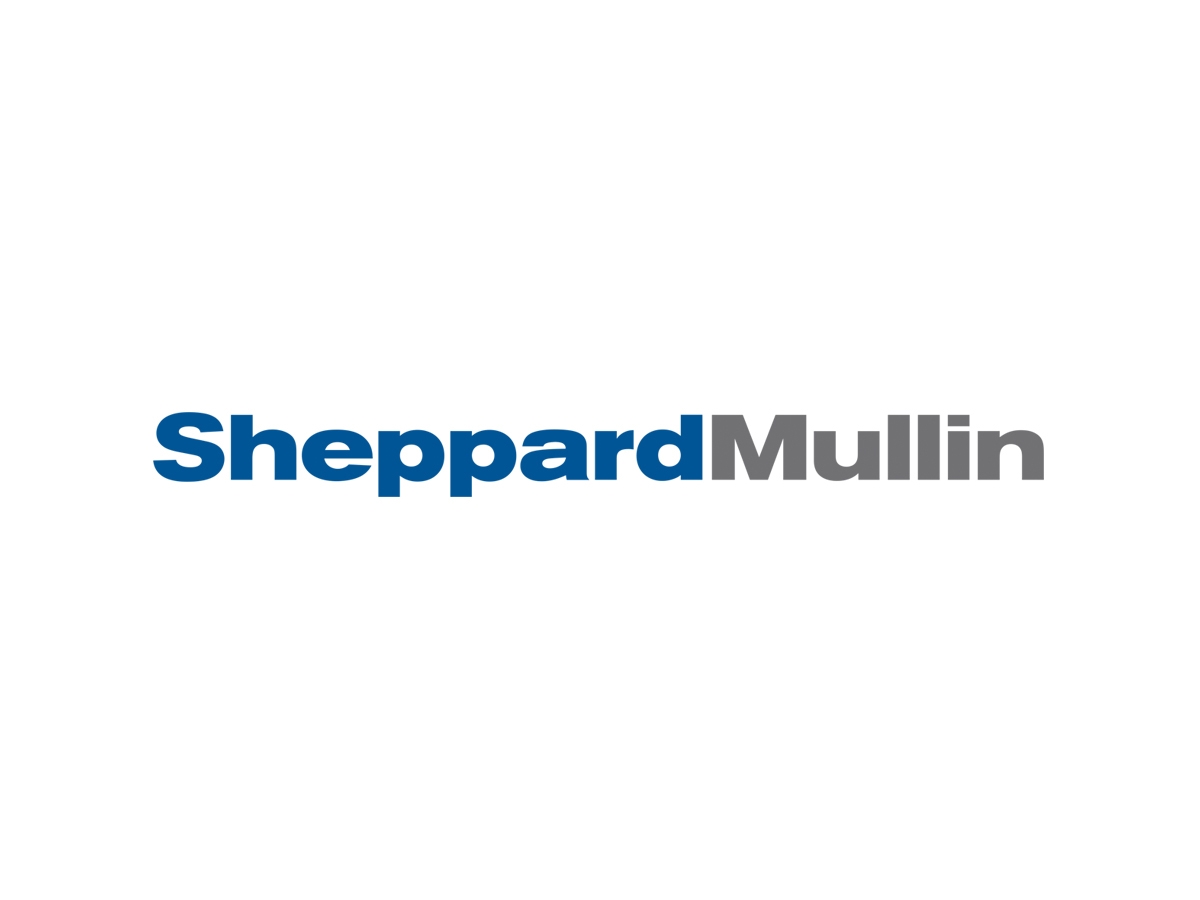
On February 10, 2022, the first NFT-based property was bought through an auction on Propy, a blockchain-focused real estate company. The Florida home was sold for $653,163 worth of Ether, and the home’s property rights were minted as an NFT on the blockchain as a digital representation of ownership over the physical real estate. (See our previous blogs about NFTs here and here). This is significant for many reasons and has the potential to significantly disrupt the way that the real estate industry has historically functioned. As mentioned below, while other real estate transactions have already occurred utilizing blockchain technology, this is the first US transaction where the ownership of the real estate asset was minted as an NFT and then sold on the blockchain.
What is blockchain? At its core, a blockchain is a distributed ledger for recording transaction data. A ledger is merely a list of transactions. Traditional paper-based ledgers include consecutive pages where each line records a transaction and when the page is full, the process repeats on the next page. With many blockchains, each “block” is like a page. Transactions are verified and written into a block and, when the block is full, a new block is created. Unlike traditional ledgers, when a block is filled, the system creates a hash value, which is just a random number generated by an algorithm based on the contents of the block. This hash value is then written as an entry in the new block, thereby “chaining” the blocks, hence the term “blockchain.” If someone attempts to change an entry in a prior block, the hash value would no longer match what was written into the new block and that attempt would be deemed invalid. In part, this is how blockchain creates a secure and unalterable record. As discussed below, the application of utilizing the blockchain for a real estate transaction is a logical progression.
A Non-Fungible Token (“NFT”) is a digital tokenized representation of ownership. NFTs are digitally unique and no two NFTs can ever be the same. Every NFT transaction is recorded on a public blockchain and it is easy for anyone to trace and verify the transaction. Artwork is the most common use of NFTs to date. However, NFTs have endless applications including real estate. The following is a non-exhaustive list of advantages Blockchain and NFTs offer real estate transactions.
- Tokenization of real estate ownership, allowing for sales of interests in real estate on the secondary market
- Automating real estate transactions
- Reducing transaction costs
- Smart contracts can automate property development terms and leasing agreements
- Fractionalized NFTs can represent partial ownership in physical property
- Transaction transparency
- Blockchain may enable automatic and indisputable lease and payment transactions
Putting It Into Practice: Real estate transactions are well suited for blockchain and smart contract technology. Functionally, the way that this transaction worked was that ownership of the property was transferred by the seller into an LLC that was formed by Propy, and then ownership of that LLC was minted on the blockchain as an NFT. The NFT was then put up for auction to bidders that were pre-approved and vetted by Propy. Prior to the auction, the seller was the owner of the NFT that owned the LLC that owned the property. After the auction was complete, the ownership of the LLC was automatically transferred on the blockchain to the winner vis-a-vie the NFT, and the seller received a payment of cryptocurrency (here, Ether) in their wallet. The typical real estate diligence, such as title insurance and inspections were completed by Propy prior to the transaction.
This first transaction is just the tip of the iceberg. As demonstrated by this transaction, blockchain technology has the potential to automate the closing process for a faster, easier, and more secure transaction experience. Real estate agents, buyers, and investors alike should be aware of blockchain technology, the ways in which it is changing the real estate landscape, and the potential future applications.
This news is republished from another source. You can check the original article here



